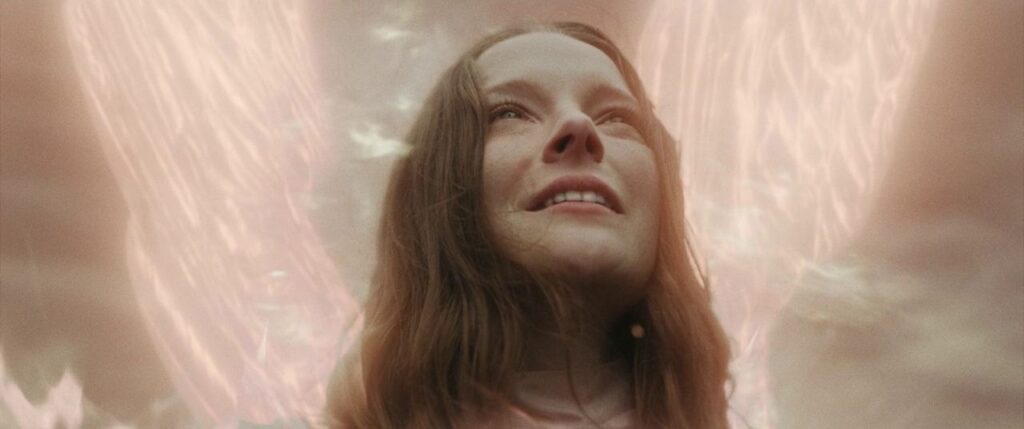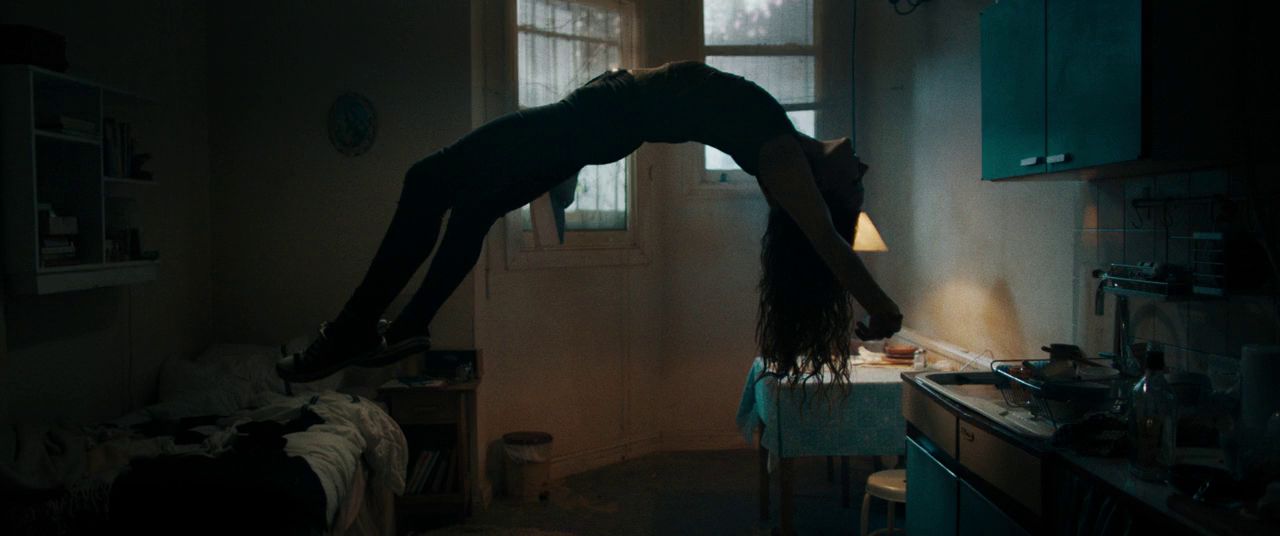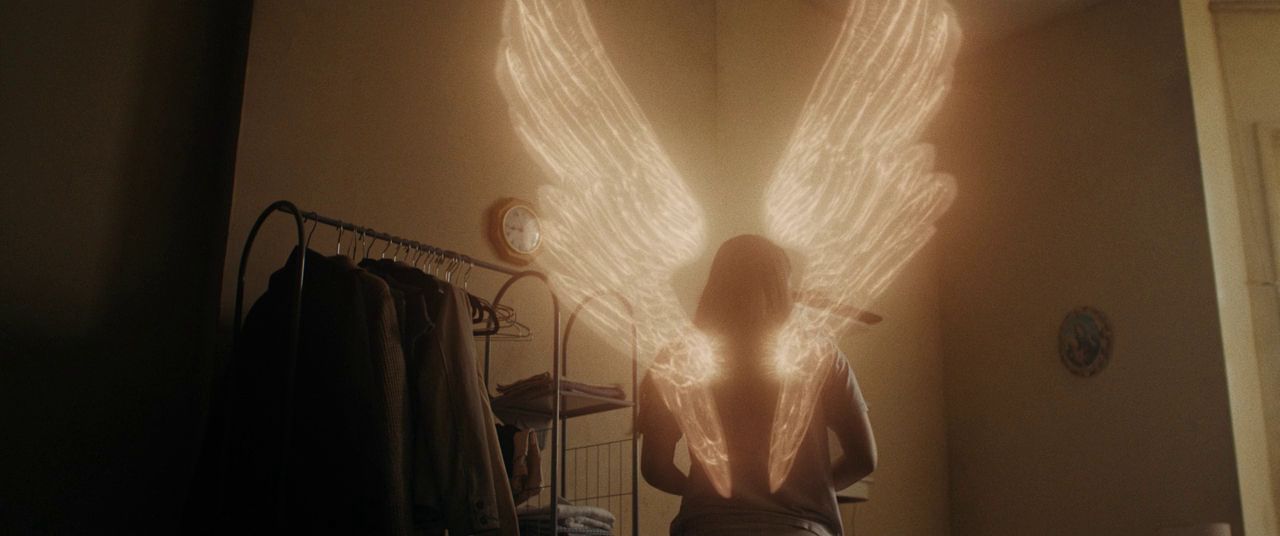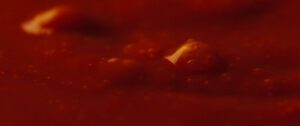
Saint Maud is about a young woman’s descent into religious obsession, isolation, and psychological unraveling. Directed by Rose Glass, this film takes a deep look into the human psyche, exploring how trauma and loneliness can distort reality and lead to dangerous delusions.
Maud: A Portrait of Isolation and Obsession
Maud, a reclusive nurse, is assigned to care for Amanda, a terminally ill former dancer. From the outset, Maud is portrayed as deeply religious, often engaging in fervent prayers and self punishment rituals. Her devotion is intense, bordering on fanaticism. As she becomes more involved in Amanda’s life, Maud’s religious fervor intensifies, leading her to believe she has a divine purpose to save Amanda’s soul. This obsession isolates Maud further from the world. She distances herself from her past, even adopting a new name, shedding her former identity as Katie. Her interactions with others become strained, and her grip on reality weakens.

The Thin Line Between Devotion and Delusion
Maud’s religious experiences are portrayed within the limits of reverence and horror. She experiences moments of ecstasy, which she interprets as divine communication. However, these experiences are ambiguous, leaving the audience questioning their authenticity. Are they genuine spiritual encounters, or are they manifestations of a troubled mind? The film blurs the line between reality and hallucination. Maud’s visions become increasingly disturbing, culminating in a climactic act of violence that she believes is divinely ordained. This descent into madness is portrayed with chilling subtlety, making the horror all the more unsettling.
Themes of Guilt and Redemption
Underlying Maud’s actions is a profound sense of guilt. A traumatic incident from her past haunts her, and her religious devotion seems to be a coping mechanism. She seeks redemption through her care for Amanda, believing that saving Amanda’s soul will atone for her own sins. However, this quest for redemption becomes twisted. Maud’s actions are not driven by compassion but by a need to validate her own beliefs. Her attempts to impose her faith on Amanda are more about self-justification than genuine concern.

The Final Act: A Tragic Conclusion
The film’s climax is both shocking and tragic. Maud’s delusions reach their peak, leading her to commit an irreversible act. The final scenes are haunting, leaving the audience with a sense of unease and sorrow. It was made to show how unchecked mental illness and isolation can lead to devastating consequences.
A Haunting Exploration of the Human Psyche
Saint Maud is a masterful psychological horror that is about faith, guilt, and mental illness. It’s a chilling portrayal of how trauma and isolation can distort reality, leading to dangerous delusions. The film doesn’t rely on traditional horror tropes but instead offers a slow burning, introspective look into a troubled mind.
























